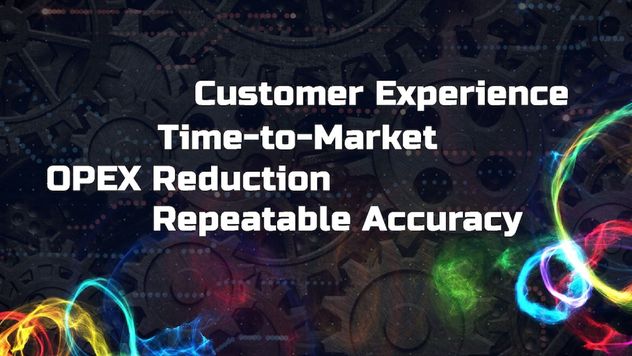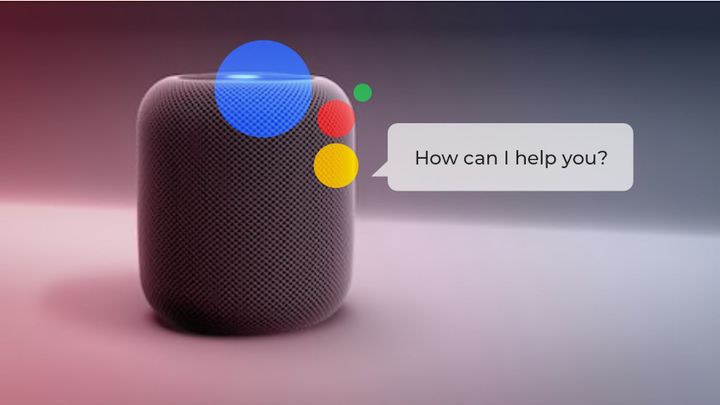
It’s 1975, a customer walks into a Nordstrom store in Anchorage, Alaska to return a set of tires. The clerk, saw the price on the side of the tires, reached into the cash register, and handed the man $145.
It did not matter that Nordstrom had never sold tires.
Nordstrom was and continues to be an upscale clothing store. The customer had bought the tires at the store that occupied the same retail space prior to Nordstrom moving in. But in those 2 seconds while making a decision, Nordstorm’s philosophy kicked in and the staff did what they were trained to do – “Ensure that the customer experience was optimal”.
Times change, mediums of communication change, but legendary stories such as this one have become the cornerstone of CX philosophy of many a companies, including ours. Apple, Nordstorm, Lululemon have all continuously shown us that the magic unleashed when the entire organization is collectively able to optimize every touchpoint with the customer – telling the same story, creating personalized, focussed, and iconic experiences.
Challenges make way for opportunities
The challenges and opportunities are now amplified with the boundary between digital and physical getting blurred. Managing and improving this phy-gital (physical-digital) customer experience delivers real benefits to companies that successfully execute customer-centric strategies. McKinsey predicts that companies with great digital experience will have 30-50% increase in measures such as likelihood to renew or to buy another product, making the case for investment even more compelling.
Revolutionary, multi-sensory initiatives
To adapt and change, companies have to embrace a design thinking approach anchored not on technology but on ease, effectiveness, and emotion. CX is becoming not only omnichannel but more multi-sensory, complex to design and immersive (AR/VR). It’s heralding us into a new era.
Take this example from the retail industry; a 100 year back when someone walked into a store more often than not the shopkeeper knew the customer, their choices, socio-economic status and based on it made recommendations.
Fast forward to 2017 and it would be hard to find a service agent in a big box retailer to save someone’s life; let alone talk about a product. Here Big data and IoT is being used to recreate the experience from a century back. Providing customers relevant, targeted, and focussed recommendations based on their buying pattern of the last few trips and using IoT as the last mile. Its essentially providing the customer the required information to help influence their decision-making paradigm in the 2 seconds when they are making it.
Beacons help track customers in the aisle and while they stand pondering on the type of noodles they need to buy – in real time based on inventory and promotions a recommendation is pushed to the end customer’s phone. Revolutionary!
But it’s only the beginning. Imagine two friends go shopping for a tent. Spotting one they like, they both crawl inside to check the capacity. But there’s something unusual about this scenario: One is in Toronto, the other in London. And neither is anywhere near a sporting goods store. Virtual reality, along with its first-cousin augmented reality, offers retailers the opportunity to transform how people shop! Mobile Apps and Websites, will soon become “so third quarter 2016”.
Transformatory DX will empower Customer Experience
Customers, stoked by these transformatory digital experiences are going to ask for more and organizations will have to deliver. Incumbents across all sectors from retail, mining, telecom, finance, healthcare, and others will continuously need to redesign and transform significantly. This transformation does not need to be radical each time if their current operating model puts the customer’s needs and wants at the center of a digital transformation strategy; enabled by redesigned customer experience journeys and agile delivery of insights and services.



